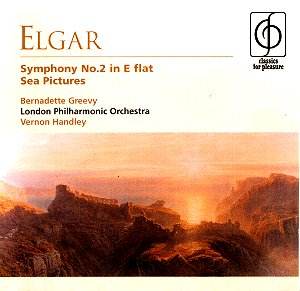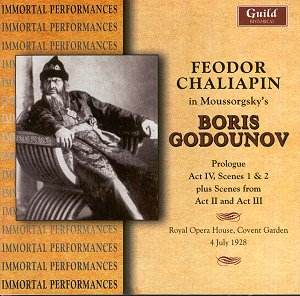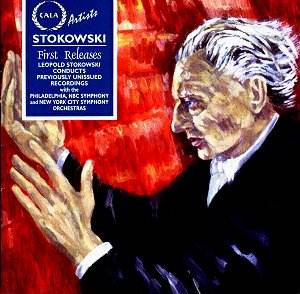 Composer: Edward Elgar
Composer: Edward Elgar
Works: Symphony No. 2, Sea Pictures
Performers: Bernadette Greevy (contralto), London Philharmonic Orchestra, Vernon Handley
Recording: Watford Town Hall, 4 and 5 February 1981
Label: EMI Classics for Pleasure
Elgar’s music is steeped in the rich tapestry of British nationalism, and both “Sea Pictures” and the “Symphony No. 2” embody the composer’s nuanced exploration of emotional depth and grandeur. The “Sea Pictures,” a song cycle for contralto and orchestra, was composed in 1911, shortly before the onset of World War I, reflecting a profound connection to the English landscape and the introspective nature of human experience. Similarly, the “Symphony No. 2,” completed in 1911, resonates with the spirit of its time, capturing the elegiac mood following the death of Edward VII, and stands as a testament to Elgar’s mastery in orchestral writing. The synergy of these two works, as rendered by the London Philharmonic Orchestra under Vernon Handley, offers a fresh perspective on Elgar’s emotional palette.
Bernadette Greevy’s voice is the standout element of this recording, delivering a warmth and richness that is quintessentially contralto. Unlike the famed Janet Baker, Greevy embraces her unique timbre with a creamy, almost velvety quality that enhances the lyrical lines of “Sea Pictures.” Handley’s approach to tempo is judicious; particularly in “Sea Slumber Song” and “In Haven,” where his slower interpretations allow Greevy’s voice to breathe, weaving her expressive portamento seamlessly into the fabric of the orchestration. The London Philharmonic accompanies her with palpable sensitivity, each instrument articulating Elgar’s characteristic lush textures. However, there are moments of unevenness; particularly in “Where corals lie,” where Handley’s tempo feels overly restrained, leading to a slight plodding that detracts from the fluidity of the piece.
The orchestral playing is undeniably Elgarian, with a string style that some may deem old-fashioned yet is entirely appropriate for the lush emotionality that Elgar demands. Handley encourages Greevy to utilize expressive portamento at every opportunity, although this expressiveness sometimes pushes the limits of her upper range, notably during the climactic passages of “Sabbath Morning at Sea.” The integration of the organ in “The Swimmer,” a decision supported by historical precedent, adds a sonorous depth that enriches the overall soundscape, although its presence is subtle rather than overt. Handley’s interpretation of the finale of the “Symphony No. 2” is particularly noteworthy; his adherence to the moderato e maestoso marking is a testament to his interpretative courage, achieving a steady tempo that allows the symphony’s majestic themes to unfold with dignity.
Engineering quality enhances the listening experience, capturing the rich textures of the orchestra and the nuanced vocal lines with clarity. The close-miking of Greevy allows her voice to resonate intimately, making her interpretative choices all the more impactful. This recording, released over two decades ago, has aged well; its sound quality remains vibrant and engaging, maintaining its place among notable recordings of both works. Comparatively, while other interpretations may offer different insights, Handley’s balance of tempo and orchestral color provides a compelling argument for this version’s continued relevance.
This recording exemplifies Elgar’s duality of introspection and grandeur, with Greevy’s performance complementing the London Philharmonic’s lush orchestration under Handley’s careful guidance. Each work is rendered with a depth of feeling and technical proficiency that speaks to Elgar’s enduring legacy. The combination of Greevy’s rich contralto and the orchestra’s expressive playing creates a compelling portrait of Elgar’s musical landscape, ensuring that this disc remains a significant contribution to the catalogue of Elgar recordings.



